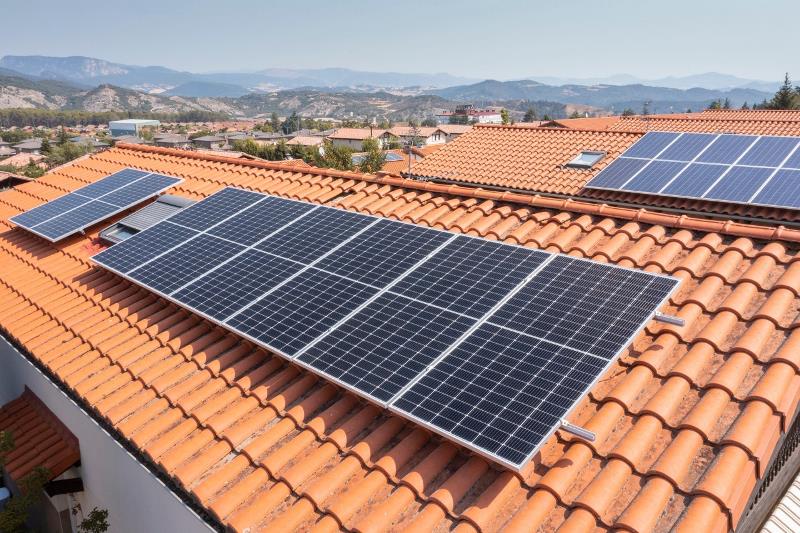In a significant policy adjustment, Pakistan’s Economic Coordination Committee (ECC) has approved amendments to the net-metering regulations, reducing the buyback tariff for solar rooftop consumers from the National Average Power Purchase Price (NAPP) to a fixed rate of Rs. 10 per unit. This decision, announced during an ECC meeting chaired by Finance Minister Muhammad Aurangzeb, aims to mitigate the increasing financial burden on grid consumers resulting from the rapid expansion of net-metering installations.
Key Points:
- Revised Buyback Rate: The buyback rate for solar net-metering consumers has been lowered to Rs10 per unit, a substantial decrease from the previous rate of Rs27 per unit. This change seeks to balance the financial dynamics between solar energy producers and traditional grid consumers.
- Grandfathering Existing Agreements: The new rate will not affect existing net-metered consumers who hold valid licenses or agreements under the NEPRA (Alternative & Renewable Energy) Distributed Generation and Net Metering Regulations, 2015. These consumers will continue to operate under their current terms until their agreements or licenses expire.
- Periodic Rate Revisions: The National Electric Power Regulatory Authority (NEPRA) has been authorized to periodically revise the buyback rate, ensuring adaptability to evolving market conditions and maintaining a fair compensation structure for solar energy contributors.
- Updated Settlement Mechanism: The billing process will now separately account for imported and exported electricity units. Exported units—electricity fed back into the grid by solar consumers—will be compensated at the new buyback rate of Rs. 10 per unit. Imported units—electricity consumed from the grid—will be billed at the applicable peak or off-peak rates, inclusive of taxes and surcharges, within the monthly billing cycle.
Rationale Behind the Decision:
The ECC’s decision is driven by the substantial growth in solar net-metering adoption, which has implications for the national power grid’s financial stability. As of December 2024, the number of solar net-metering consumers reached 283,000, up from 226,440 in October 2024. The total installed capacity expanded from 321MW in 2021 to 4,124MW by December 2024. This rapid increase has led to a significant transfer of costs—estimated at Rs. 159 billion as of December 2024—to grid consumers, with projections suggesting this could escalate to Rs. 4,240 billion by 2034 if unaddressed.
The previous net-metering arrangements allowed solar consumers to offset their grid electricity consumption on a one-to-one basis, effectively reducing their contribution to fixed grid costs, such as infrastructure maintenance and capacity charges. This shift resulted in higher electricity tariffs for non-solar grid consumers, prompting the ECC to implement these regulatory amendments to distribute costs more equitably across all users.
By adjusting the buyback rate and modifying the settlement mechanism, the ECC aims to ensure the sustainability of the national power grid while continuing to encourage the adoption of renewable energy sources. These measures reflect a strategic effort to balance the promotion of clean energy with the financial health of the country’s electricity infrastructure.



Comments (0)
No comments yet. Be the first to comment!
Leave a Comment